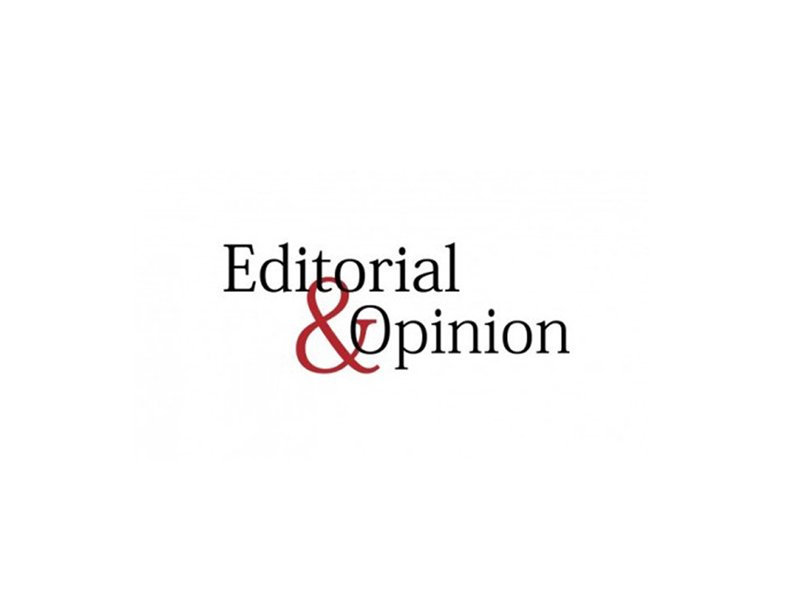
The truth is that the standard theories of money and banking are themselves a veil, which covers the reality of how the system works. This veil was penetrated briefly following the Great Depression of 1929, which was completely incomprehensible according to standard economic theories of the time. To explain the Great Depression, Keynes invented a new economics, in which money was not neutral. He argued that shortages of money would lead to unemployment and recessions, while excess would lead to inflation. At the same time, leading economists such as Irving Fisher, Frank Knight, Simon Schultz and many others realised the crucial role played by excessive credit creation by banks in precipitating the Great Depression. In 1933, they came up with the Chicago Plan, which takes away the power to create money from the banks and gives it back to the government. The Banking Act of 1935 created deposit insurance and many other regulatory measures to control banking, but did not implement the Chicago Plan. Keynesian insights about money and Chicago insights about banking were gradually forgotten. The eerie resemblance of the Global Financial Crisis of 2007 to the Great Depression led two IMF economists to dust off the bookshelves of history and revisit the Chicago Plan. Since then, it has been gathering momentum in terms of public awareness, but has been mostly invisible in the dominant media and politics, which are controlled by big finance. However, the Iceland government recently published a report that proposed a variant of the Chicago Plan. Most recently, on December 1, 2015, the Swiss public created a successful petition with 112,000 signatures to ensure parliamentary hearing on the proposal for Sovereign Money, which is a core element of the revised Chicago Plan. Since powerful interests have been blocking and opposing the Chicago Plan, it is up to the public to learn about the issues and create a movement for change. In this connection, interested readers may look up “Corrupt Banking System explained by twelve-year-old” on the internet for an entertaining and informative detailed video of explanation. We provide a very brief explanation of the central issues below.
In the fractional reserve banking system, banks are only required to keep a small fraction of cash against the demand deposits outstanding against them. For example, in order to create grant a loan of 10,000,000 to Mr X, Mozoon bank only needs five per cent of the amount, only 500,000 in the form of cash deposits. The bank grants the loan simply by creating an electronic entry in its accounts. In advanced economies, money travels electronically between financial institutions, and cash reserves are little needed. When necessary, they can be borrowed from many sources; the Central Bank in particular, is under obligation to cover cash shortfalls of banks. At 10 per cent interest on the loan, Mozoon Bank will make a cool profit of 1,000,000 based on its meagre cash reserves of only 500,000. Where did this profit come from? It came from the money created out of thin air by Mozoon Bank and then lent out to the borrower at 10 per cent interest. Because Pakistan is financially primitive, banks keep larger reserves (nearly 30 per cent) and cannot leverage their cash deposits to the extent possible in more advanced economies.
The conventional wisdom, taught in textbooks of monetary economics, is that the government creates money, not banks. Furthermore, banks are financial intermediaries: they lend money which they gather as deposits. The reality is that the banks invent the money that they lend. This means that the banks, and not the government, are in control of the money supply in the economy. Bank creation of money acts in ways that are opposite to Keynesian prescriptions, and destabilise the economy. According to Keynes, when the economy is in a recession, the government should expand the money supply. In a booming economy with full employment, the government should cut back on money supply to prevent inflation. However, banks lend less in recessions, reducing the money supply. They lend more in a booming economy, adding to inflationary forces. Following the Global Financial Crisis, theories of Hyman Minsky, called the Financial Fragility Hypothesis, have become very popular. Minsky adds details to this crude picture, and shows that banks systematically destabilise economies, leading to crises and crashes. The empirical record showing more than 200 banking crises over the past 30 years bears out the theories of Minsky. The Global Financial Crisis, like most others, was caused by excess money creation by banks, which fueled the fires of speculation, leading to a crash.
The solution to this problem is the proposal for Sovereign Money, which has been detailed in the Iceland Plan, and will now be up for discussion in Swiss parliament. Instead of fractional reserve, banks must keep 100 per cent reserves, preventing them from creating money. Instead, the central banks will create money in the right quantity, designed to stabilise the economy, according to the Keynesian prescriptions. IMF economists Benes and Kumhoff have shown that this radical reform of money and banking will bring multiple benefits. It will eliminate banking crises, increase growth, eliminate debt, and create more fiscal space for development projects. It will also decrease the massive inequality, which allows a tiny minority to control the political and economic system. The present system enslaves the majority in chains of debt only because a large number of deceptive claims about its benefits are widely believed. If we learn the truth, it can set us free.
Published in The Express Tribune, December 7th, 2015.
Like Opinion & Editorial on Facebook, follow @ETOpEd on Twitter to receive all updates on all our daily pieces.


1729137363-0/Liam-Payne-fans-(1)1729137363-0-165x106.webp)











COMMENTS (10)
Comments are moderated and generally will be posted if they are on-topic and not abusive.
For more information, please see our Comments FAQ